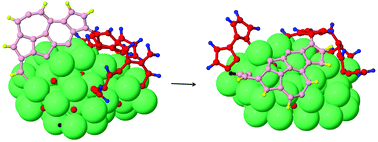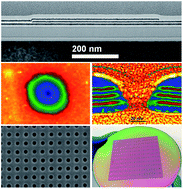This month sees the following articles in Nanoscale that are in the top 10 most accessed from April – June:
Rational morphology control of β-NaYF4:Yb,Er/Tm upconversion nanophosphors using a ligand, an additive, and lanthanide doping
Hyejin Na, Kyoungja Woo, Kipil Lim and Ho Seong Jang
Nanoscale, 2013,5, 4242-4251
DOI: 10.1039/C3NR00080J, Paper
6.5% efficient perovskite quantum-dot-sensitized solar cell
Jeong-Hyeok Im, Chang-Ryul Lee, Jin-Wook Lee, Sang-Won Park and Nam-Gyu Park
Nanoscale, 2011,3, 4088-4093
DOI: 10.1039/C1NR10867K, Communication
Au@Ag core–shell nanoparticles: efficient all-plasmonic Fano-resonance generators
Ovidio Peña-Rodríguez and Umapada Pal
Nanoscale, 2011,3, 3609-3612
DOI: 10.1039/C1NR10625B, Communication
Growth of horizontally aligned single-walled carbon nanotubes on anisotropically etched silicon substrate
Carlo M. Orofeo, Hiroki Ago, Tatsuya Ikuta, Koji Takahasi and Masaharu Tsuji
Nanoscale, 2010,2, 1708-1714
DOI: 10.1039/C0NR00170H, Paper
Supramolecular self-assemblies as functional nanomaterials
Eric Busseron, Yves Ruff, Emilie Moulin and Nicolas Giuseppone
Nanoscale, 2013,5, 7098-7140
DOI: 10.1039/C3NR02176A, Review Article
Plasmon enhanced upconversion luminescence of NaYF4:Yb,Er@SiO2@Ag core–shell nanocomposites for cell imaging
Peiyan Yuan, Yih Hong Lee, Muthu Kumara Gnanasammandhan, Zhenping Guan, Yong Zhang and Qing-Hua Xu
Nanoscale, 2012,4, 5132-5137
DOI: 10.1039/C2NR31241G, Paper
Design of advanced porous graphene materials: from graphene nanomesh to 3D architectures
Lili Jiang and Zhuangjun Fan
Nanoscale, 2014,6, 1922-1945
DOI: 10.1039/C3NR04555B, Review Article
Nanostructured carbon–metal oxide composite electrodes for supercapacitors: a review
Mingjia Zhi, Chengcheng Xiang, Jiangtian Li, Ming Li and Nianqiang Wu
Nanoscale, 2013,5, 72-88
DOI: 10.1039/C2NR32040A, Feature Article
Solution synthesis of metal oxides for electrochemical energy storage applications
Xinhui Xia, Yongqi Zhang, Dongliang Chao, Cao Guan, Yijun Zhang, Lu Li, Xiang Ge, Ignacio Mínguez Bacho, Jiangping
Tu and Hong Jin Fan
Nanoscale, 2014,6, 5008-5048
DOI: 10.1039/C4NR00024B, Feature Article
Highly robust silicon nanowire/graphene core–shell electrodes without polymeric binders
Sang Eon Lee, Han-Jung Kim, Hwanjin Kim, Jong Hyeok Park and Dae-Geun Choi
Nanoscale, 2013,5, 8986-8991
DOI: 10.1039/C3NR00852E, Paper
Why not take a look at the articles today and blog your thoughts and comments below.
Fancy submitting an article to Nanoscale? Then why not submit to us today!
Comments Off on Top 10 most-read Nanoscale articles – Q2 2014


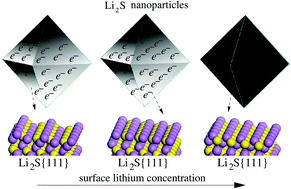









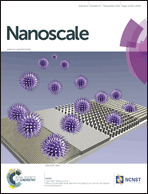 Nanoscale is delighted to present its
Nanoscale is delighted to present its 

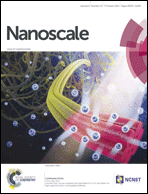
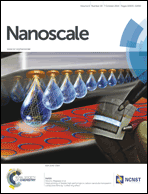 transparent conductive films by “coffee ring effect”
transparent conductive films by “coffee ring effect”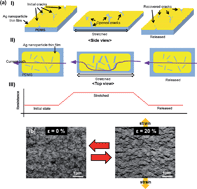

 poor elasticity can be tackled.
poor elasticity can be tackled.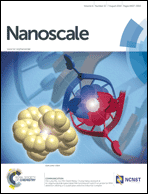 We are thrilled to announce that
We are thrilled to announce that 